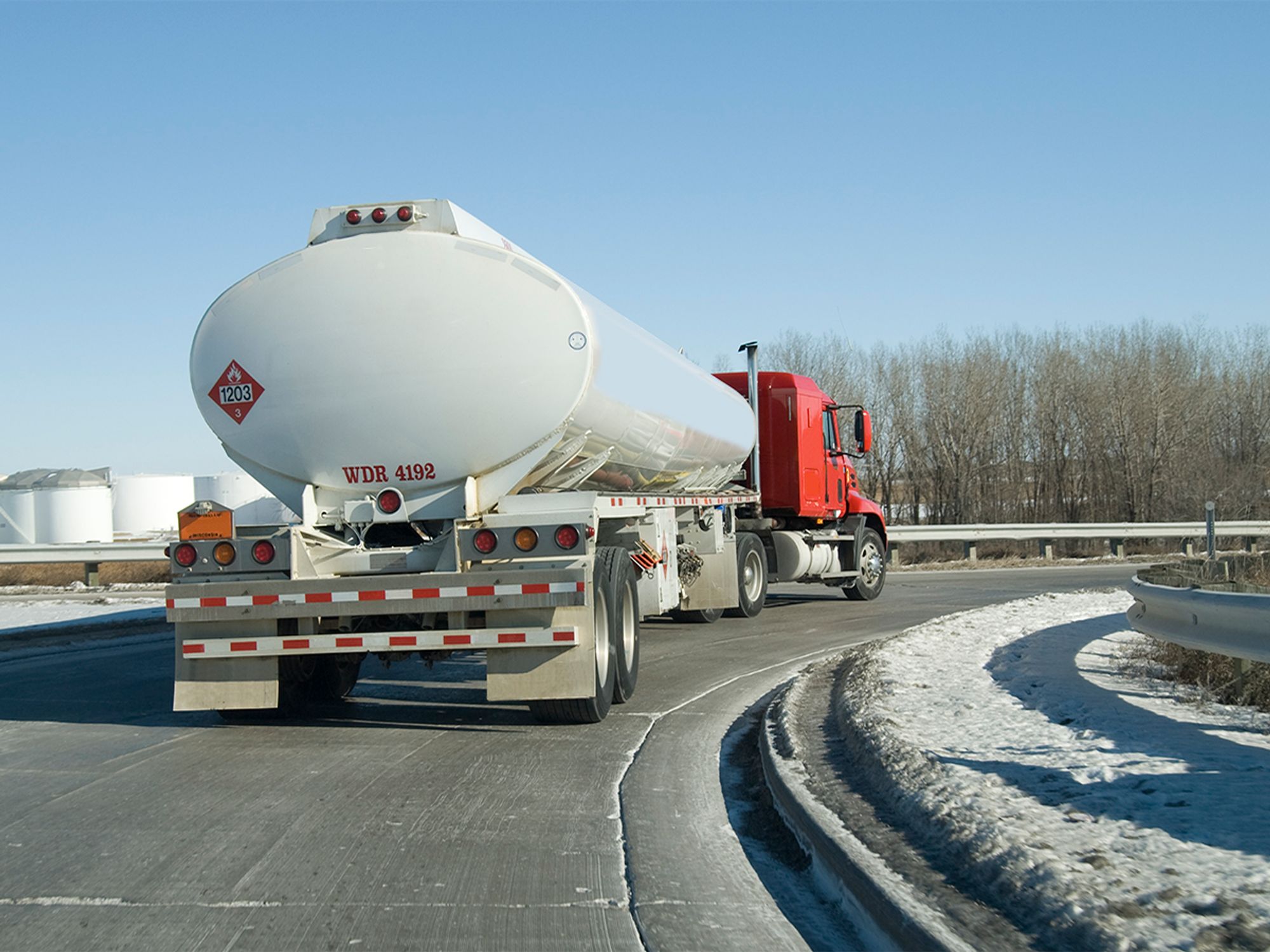Portable tanks, IBCs, cargo tanks, and tank cars

- Marking requirements are applicable to various types of tanks, containers, and tank cars.
Portable tanks
In addition to displaying the applicable identification number, portable tanks must be marked with:
- Material’s proper shipping name — on two opposite sides. For water transport the size of the shipping name must be 65 mm or more.
- Owner's or lessee’s name.
IBCs
When an intermediate bulk container (IBC) is labeled instead of placarded, the IBC may display the proper shipping name and identification number markings as required by 172.301(a)(1) for non-bulk packagings. These smaller markings may be used in place of the identification number marking on an orange panel, placard, or white square-on-point configuration.
Cargo tanks
In addition to the identification number, cargo tanks (except for certain nurse tanks) that are used to transport gases (Class 2 material) must be marked on each side and each end with the proper shipping name or appropriate common name of the gas.
Each specification cargo tank that successfully completes a test/inspection must be marked with the date (month and year) and the type of test/inspection completed. This marking must be displayed near the specification plate or anywhere on the front head. The type of test/inspection may be abbreviated as follows:
- V for external visual inspection/test
- I for internal visual inspection
- P for pressure test
- L for lining inspection
- T for thickness test
- K for leakage test
- K-EPA27 for U.S. Environmental Protection Agency (EPA) Method 27 leakage test
Tank cars
In addition to the identification number, tank cars — when required by a special provision to the Hazardous Materials Table or by 172.330 — must be marked on each side with the proper shipping name or appropriate common name.
In addition to the identification number marking, multi-unit tank car tanks must be marked on two opposing sides with the proper shipping name or appropriate common name.
